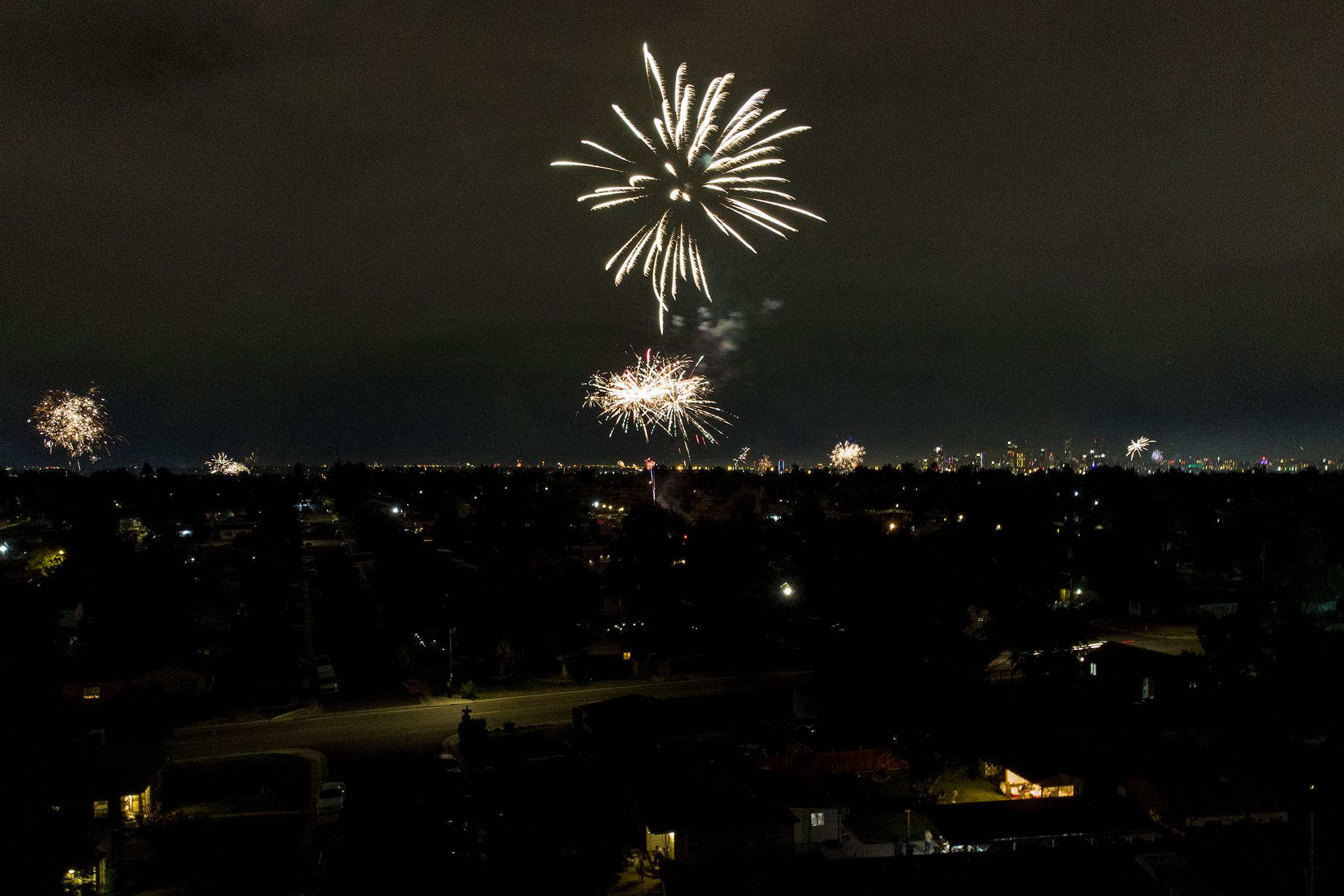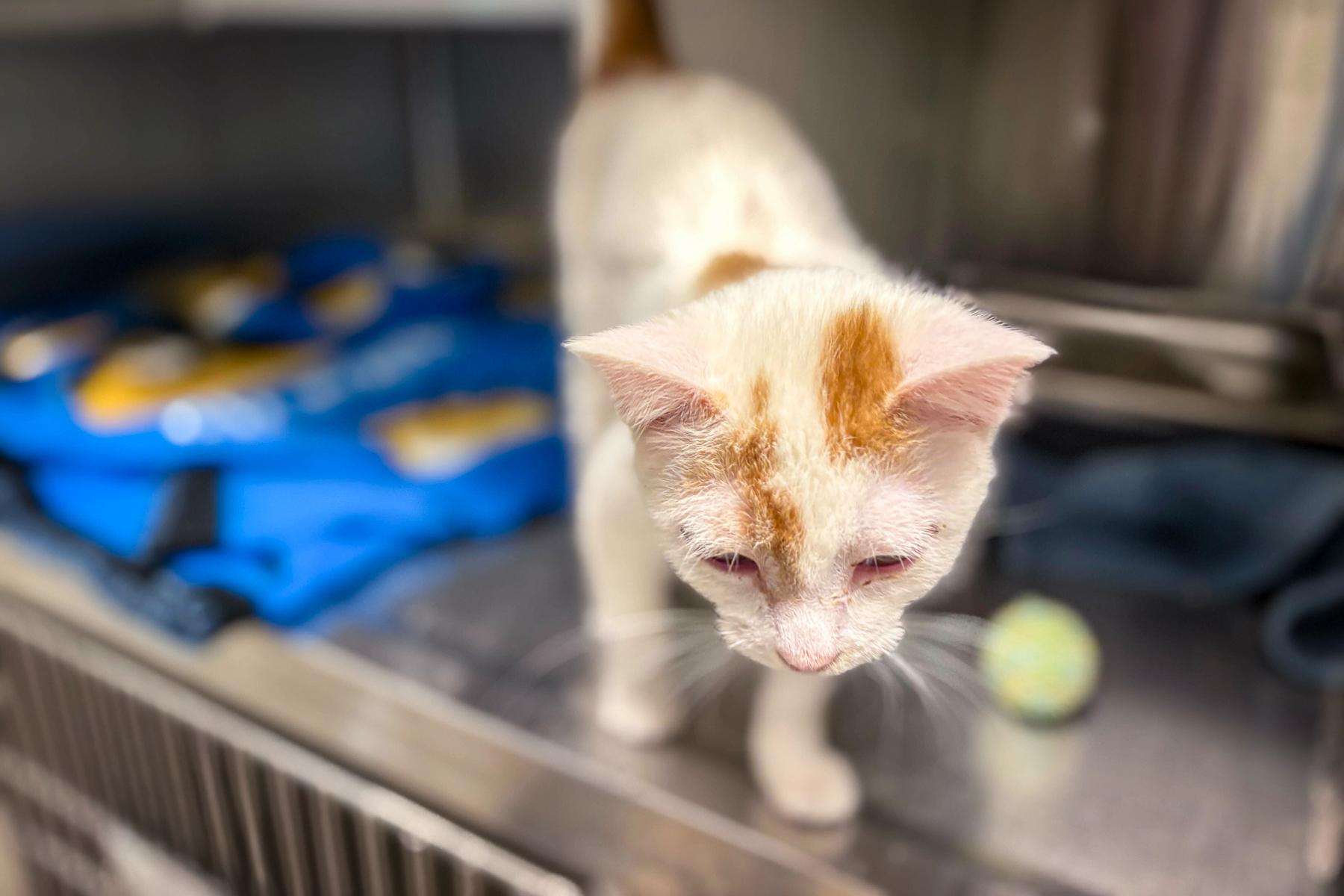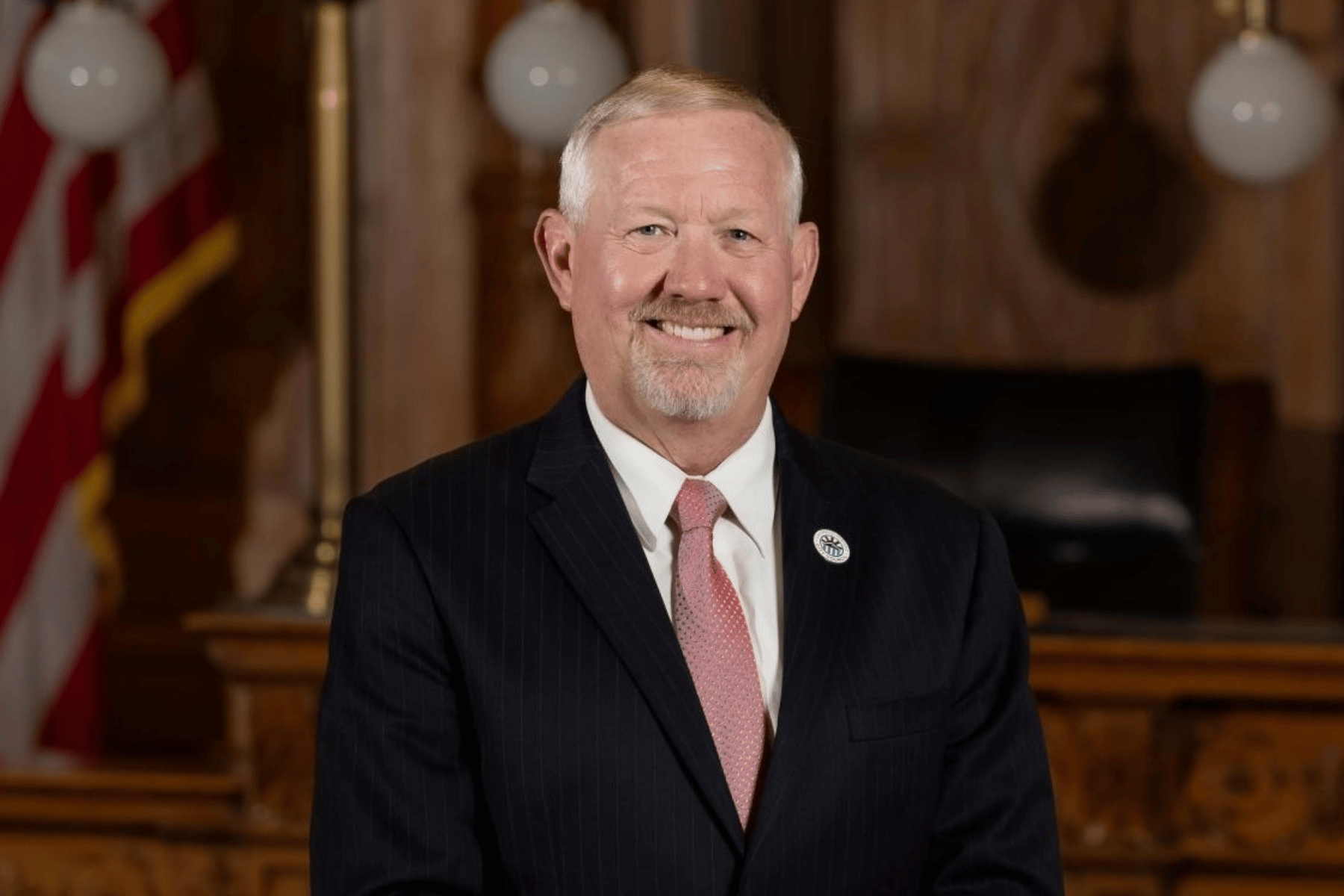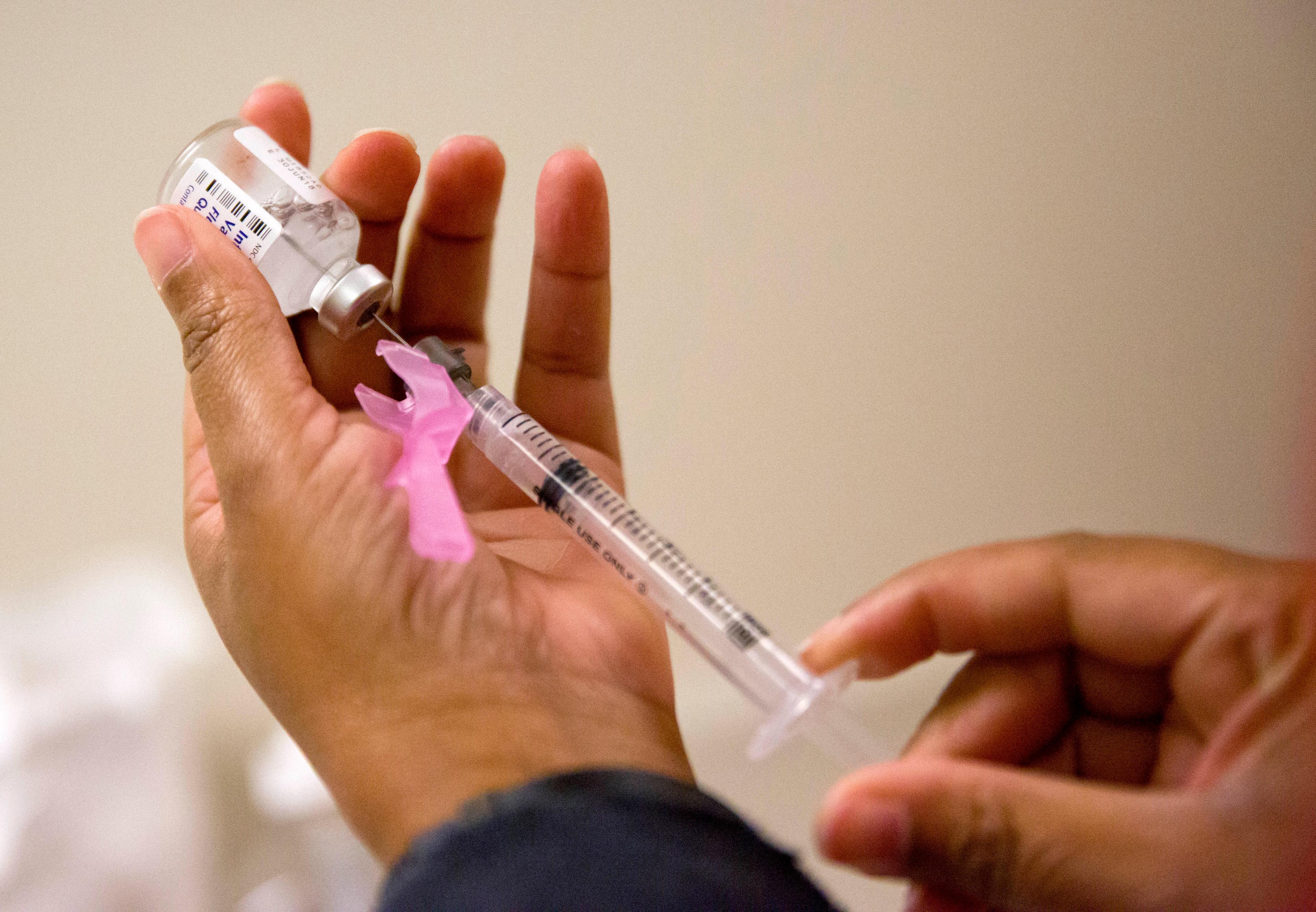
The new year is a time when people make changes. Rethink their lives. But few do so as dramatically as Matthew and Meghan Stalzer.
The couple quit their day jobs in Aurora -- Matthew as a mechanic, Meghan as a manager of a granola company -- and moved to remote Moffat, Colo. in Saguache County, to raise and milk camels.
"It was kind of a touchy decision, but it just kind of seemed like the right move to make," Matthew Stalzer said. "It's definitely paid itself off by now. The camel is just an amazing animal."
Today, they own three of the animals -- Big Mama, her calf, and Dora, who is expecting to give birth any day now.
Camels are, of course, a rarity in Colorado. While the state agriculture department doesn’t track the number of them in the state, the Stalzers believe there are only three camel dairies here. Matt Stalzer says there are only about 3,000 camels in the U.S, with a very small number of them being milked.
 The couple first tried growing vegetables and raising goats on their 25 acres. But when Meghan read an article in Grit Magazine about the purported benefits of camel’s milk, the two changed course. Some people believe that the milk is helpful to people with autism and with diabetes, but none of those claims have been confirmed scientifically. The milk is said to taste salty and grassy.
The couple first tried growing vegetables and raising goats on their 25 acres. But when Meghan read an article in Grit Magazine about the purported benefits of camel’s milk, the two changed course. Some people believe that the milk is helpful to people with autism and with diabetes, but none of those claims have been confirmed scientifically. The milk is said to taste salty and grassy.
After spending a year in Michigan, of all places, to learn to raise and milk camels, Matt cashed in his retirement savings to buy their milking camel and her calf. According to Matt, a single camel can cost more than $17,000. Pasteurized camel milk, sold at places like Whole Foods, can cost up to $18 a pint. The Stalzers sell their milk locally, unpasteurized, for $8 a pint. To ensure its safety, they send it to a Boulder laboratory, where it’s tested for pathogens.
Running a camel dairy presents unique challenges. A camel will only drop her milk when her calf is present and will only milk for one to five minutes. Despite that brevity, a camel can produce about 12 pints of milk each day.
 For the milker, there’s also the experience of dealing with the size of these single-hump camels, or dromedaries. “Big Mama is about 7 feet at the hump and her head can reach as high as 13 feet, if she needs to graze on a tree,” Matt Stalzer says. “I’m about 5’ 9”, and I can milk a camel just by bending over a little bit.”
For the milker, there’s also the experience of dealing with the size of these single-hump camels, or dromedaries. “Big Mama is about 7 feet at the hump and her head can reach as high as 13 feet, if she needs to graze on a tree,” Matt Stalzer says. “I’m about 5’ 9”, and I can milk a camel just by bending over a little bit.”
The couple plans to grow their herd to 10 camels, including milkers, bulls, and breeders. Gestation lasts about 13 months.
In addition to selling milk, Meghan Stalzer makes hats, baby booties, and other products with the camel fiber.








